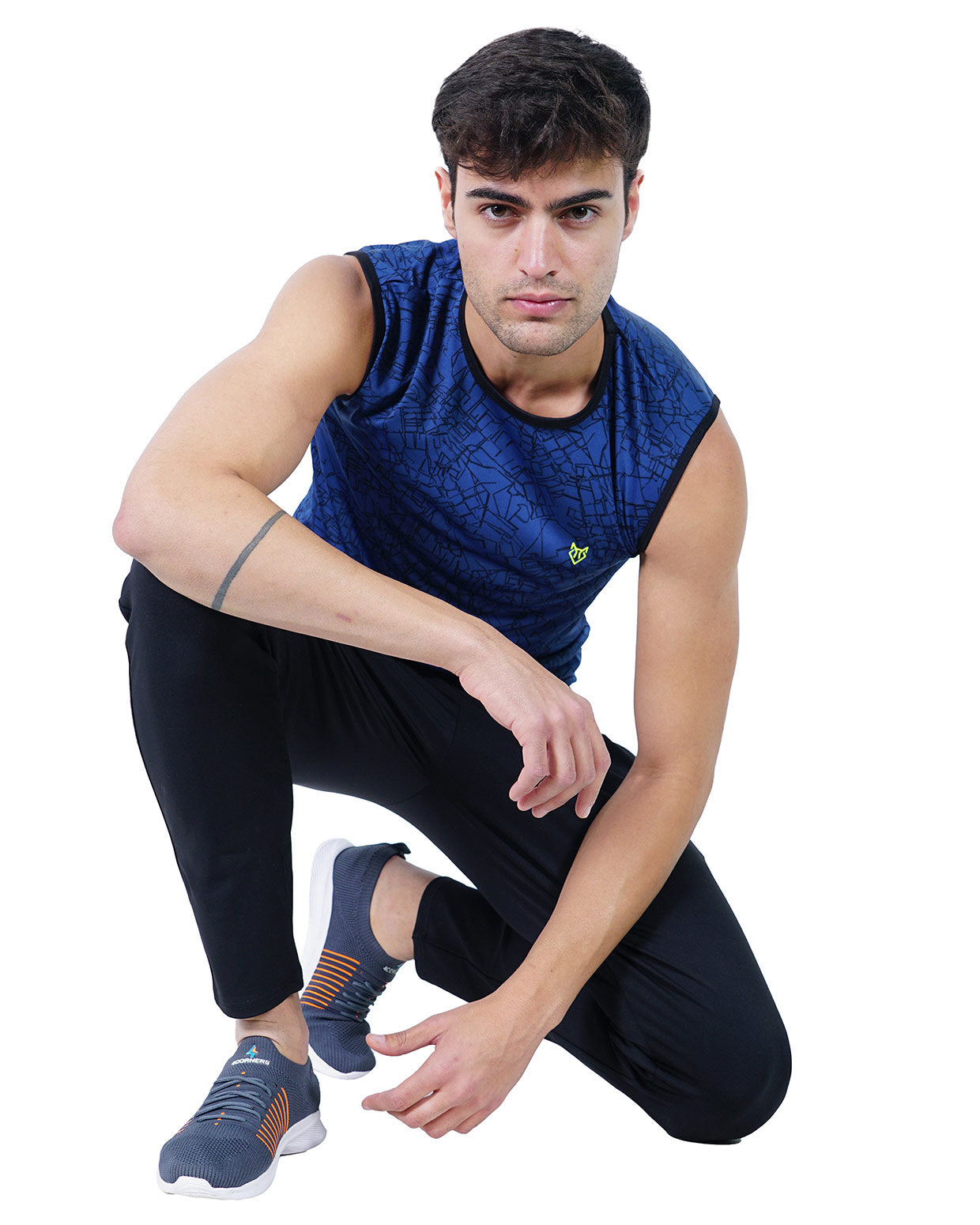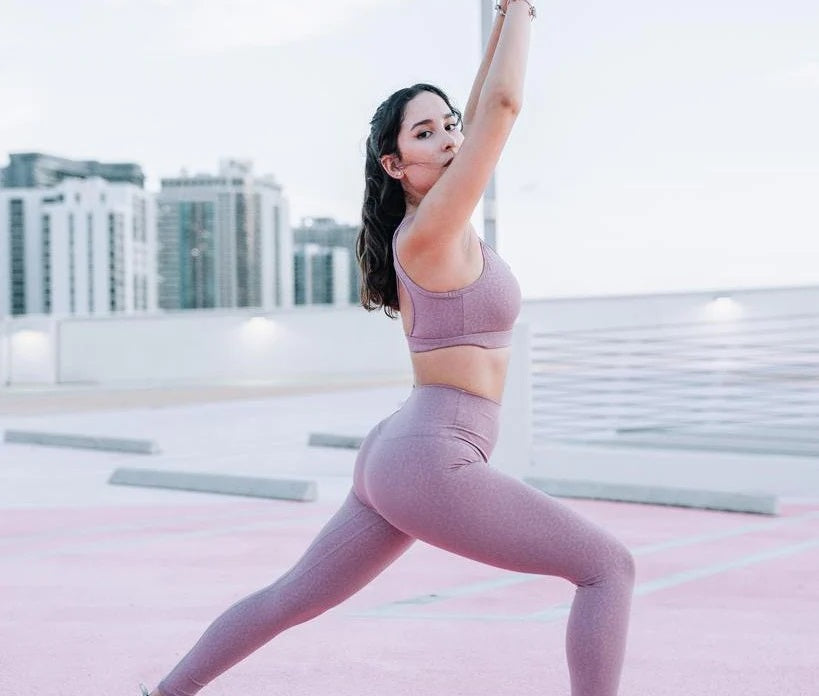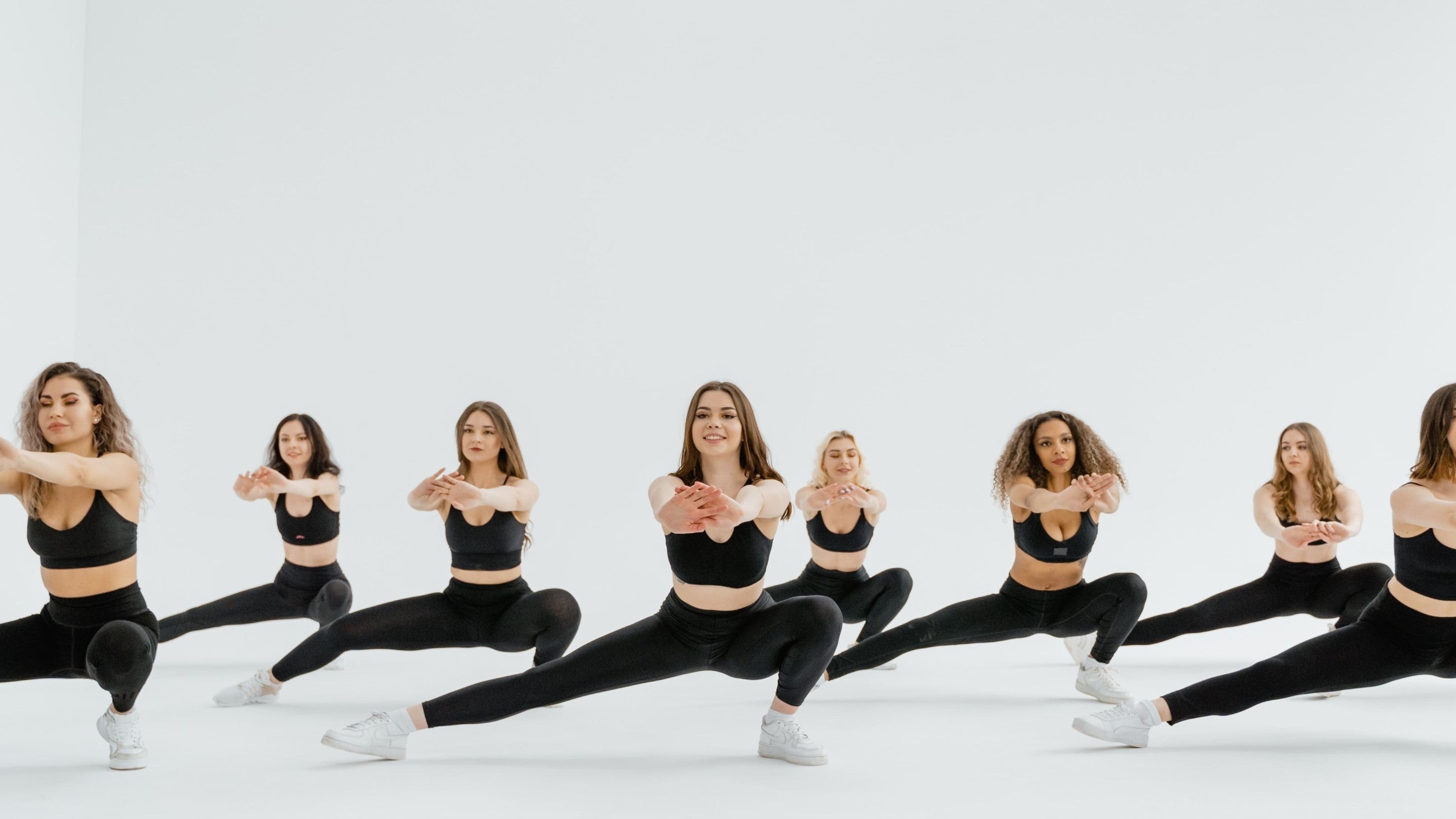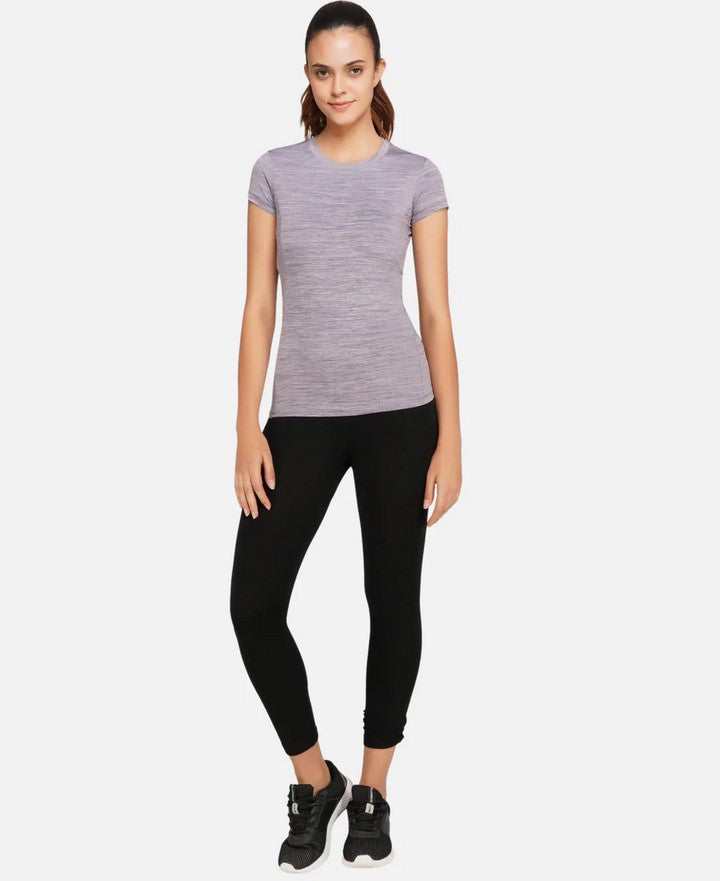Are you a fan of any sport? Your coaches probably began your practice with stretching, even back when you were playing T-ball in elementary. Because sports are so routine-based, practices and games almost always start with some stretching. Then, warm-ups follow. Finally, the actual event is where everyone comes. It's something we all do, but is it important for sports to include flexibility and stretching training?
Flexibility can make you a better athlete. Professional athletes are able to balance multiple aspects of their bodies and stay on top of their game. The best athletes will spend their time improving and maintaining the power of their bodies.
It is important to balance the time you devote to flexibility with other vital athletic abilities like strength and speed. Flexibility can actually enhance these abilities. How can flexibility be improved? Stretching is the power of flexibility!
Stretch Zone's skilled stretch practitioners are able to use their body knowledge to increase your flexibility and help you reach your full potential.
Increase Flexibility
Stretching is the best way to improve your flexibility. Focus on one muscle at a time. Everybody is different and some people are more flexible than others. You'll be amazed at how flexible your body can become if you have enough training.
Your body will adapt slowly if you don't rush it. You'll be able to use this to your advantage on the court, field or anywhere else you might be working out.
Types Of Flexibility
There are three types of flexibility. Your body will employ different methods to achieve success in each of these categories.
Dynamic Flexibility
Kinetic flexibility is another name for dynamic flexibility. Dynamic flexibility refers to your body moving through the full range of motion of a particular joint. This is a common technique used by many athletes in many sports. It's also a great way to increase things like:
- The temperature of your muscles
- Nervous system activity
-
Range in motion
Static-Active Flexibility
Two sub-categories are included in static flexibility. The first sub-category is static-active. This is when specific muscles are used to stretch others. This flexibility involves three types of muscles: antagonists, synergists and agonists. The agonist's cause movement and the synergists stabilise the antagonists by stretching them. This is a useful technique to prevent muscle cramps.
Static-Passive Flexibility
Static-passive flexibility simply refers to the ability to maintain certain positions in a relaxed state using an external force. To get the best out of a stretch, these are often done with another person.
Is Flexibility actually beneficial for athletic performance?
Consistent stretching and improving your flexibility are two of the many benefits you have heard about in athletics. But is it really that important? Yes.
Professional strength and conditioning coaches will tell you that flexibility can improve speed, strength, endurance, and other aspects of a player's performance.
Are you a slow runner? Are you a slow runner?
Your speed is directly affected by your hip flexibility. Because you don't use your full range of motion, your stride will be shorter.
Flexibility is a great way to improve your strength and flexibility. Your muscles will grow stronger if you use all of your emotions, rather than only getting a fraction of what they could do otherwise.
What Assisted stretching can do for you
Many professional athletes have come to trust the science behind assisted stretching. You can see a significant improvement in your flexibility and range of motion. Even entire teams, such as the Los Angeles Rams of the NFL, have begun to include assisted stretching trainers in their programs.
Besides improving your flexibility, assisted stretching can also:
- Reduce tension and tightness
- Reduce stress
-
Lower chances of injury
Sports Flexibility
Your athletic performance can be greatly improved by having more flexibility. It can also bring about some additional benefits for athletes that are not directly related to your running speed, throw distance, or ability to hit a ball deep enough. These benefits include:
- Less pain
- Increased balance
- Lower chance of injury
- Fewer muscle cramps
Analysis of Specific Sports
Each sport uses the body in a different way. Throwing a ball versus kicking one is just one example of the many differences. Even though different sports require us all to be prepared differently and have different movements, all athletes can benefit greatly from assisted stretching and increased flexibility.
Let's look at how flexibility is used to benefit athletes in a variety of sports.
Baseball
With 162 games, baseball has the longest schedule of all professional sports. You can add a month's worth of spring training to the mix and you have players who work hard for their bodies every day, eight months a year.
Because of these long seasons and the repetitive use of the same muscles, the chances of injury are high. Players can reduce the risk of getting more serious injuries by using assisted stretching.
The majority of baseball players will be focusing their attention on moves that require a lot of power and rotation. A batter facing a pitcher in the box will need to be prepared to use many muscles in order to hit the ball over the fence or in a position that is not reachable by the fielder.
The main Targeted muscle and muscle groups should include:
- Hips and legs for running
- Neck to focus on fly balls
- Spine to ensure proper rotation when batting
- Shoulders and elbows for pitching and throwing
-
Back, forearms and abs to hit
Football
American football offers a wide range of options because many players play very specific roles. A quarterback will use muscles that linebackers and kickers won't. No matter your position in football, flexibility and stretching is important for all team members.
The kick returner is a position player that can truly take advantage of assisted stretching. This player has to run the ball as far as possible and they do so with all of their speed. Any improvement in speed can result in extra yards or even a touchdown.
Your success as an athlete can depend on your focus on the quadriceps and hamstrings. This will help to limit injury risk. You want to be able to move freely and exert maximum effort when running.
Basketball
Jumping is an important part of basketball, whether they are trying to score a 3-pointer from beyond the arc, or making their way through the defence to score a slam-dunk. Jumping can ensure that defenders don't block the ball. Forcing your way to the rim can be one of the most difficult tasks on the court.
Static flexibility training allows players to stretch their leg muscles, such as the hamstring, by placing them in specific positions and keeping them there. Players should expect to notice a change in their jumping ability if they are given extra pressure by a skilled stretch practitioner.
Focusing on flexibility through assisted stretching can give you an edge in a game that is constantly moving.
Soccer
Did you know that the average soccer player will run 7 miles per match? This is a lot of running. Because soccer is repetitive, the same muscles may be used for up to 90 minutes.
Consistent high-energy performances can lead to injury. This is why stretching and flexibility are so important.
Flexibility can make the difference between a goal and a save for goalies. Goalies might need to adapt to the kick's force and direction, depending on where the player is.
Tennis and Volleyball
Tennis and volleyball players must make similar movements to stop the opposing team from scoring.
Tennis players will often do almost complete splits after hitting a ball that was too far away. Volleyball players can often find themselves in bizarre positions while trying to grab the ball.
These athletes will be able to use their flexibility to improve their athletic ability and make plays without risk.
Factors That Can Affect Your Flexibility
Every person is unique. This includes your natural flexibility. Some people are born more flexible than others. Although you might not be born with flexibility, consistent stretching habits can help you catch up to those who are.
There are many factors that influence how your muscles react to movement. These are some of the factors:
Age
Your body's flexibility will decrease with age. You can slow this down by stretching regularly. Consistency will help relieve tension buildup.
Sex
Women tend to be more flexible than men due to their connective tissue structure.
Bones
Your flexibility can also be affected by the shape and connection of your bones. Although there aren't many things you can do to improve your skeletal structure or make it more flexible, you can still be flexible.







Leave a comment
This site is protected by hCaptcha and the hCaptcha Privacy Policy and Terms of Service apply.